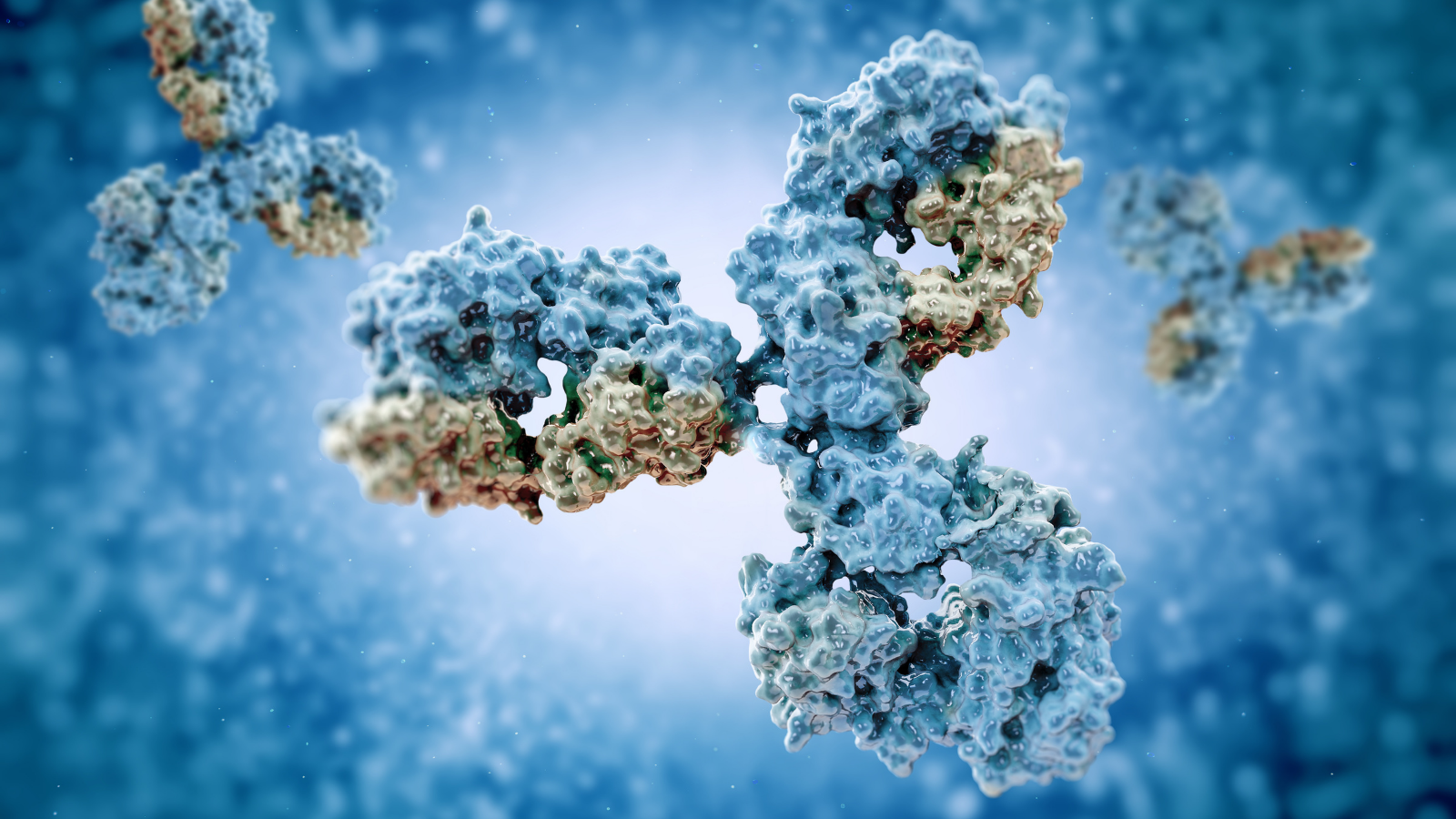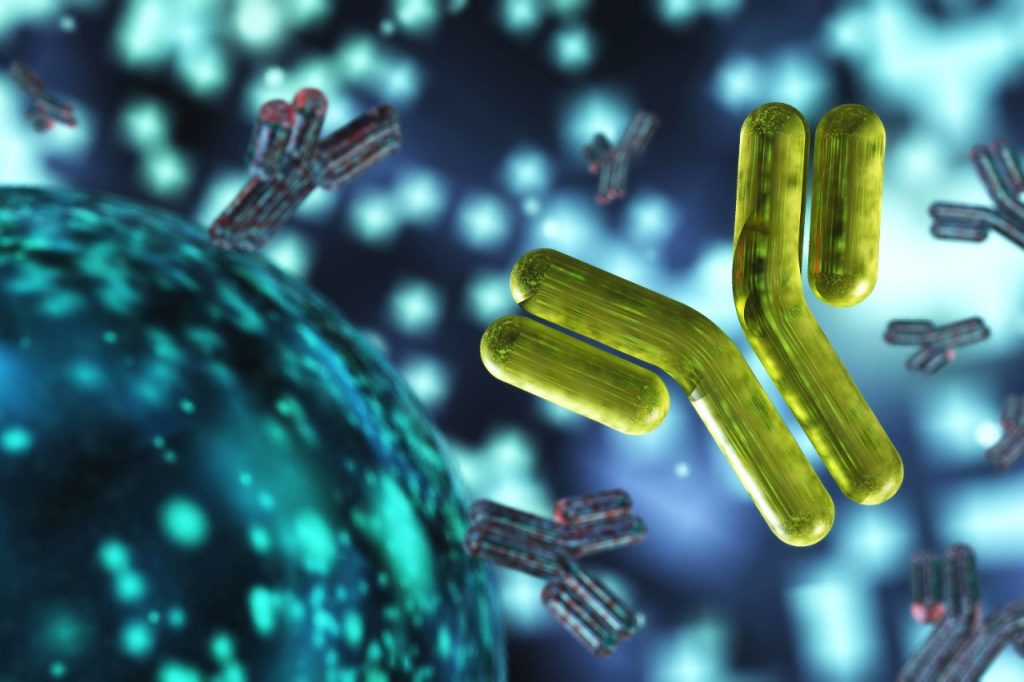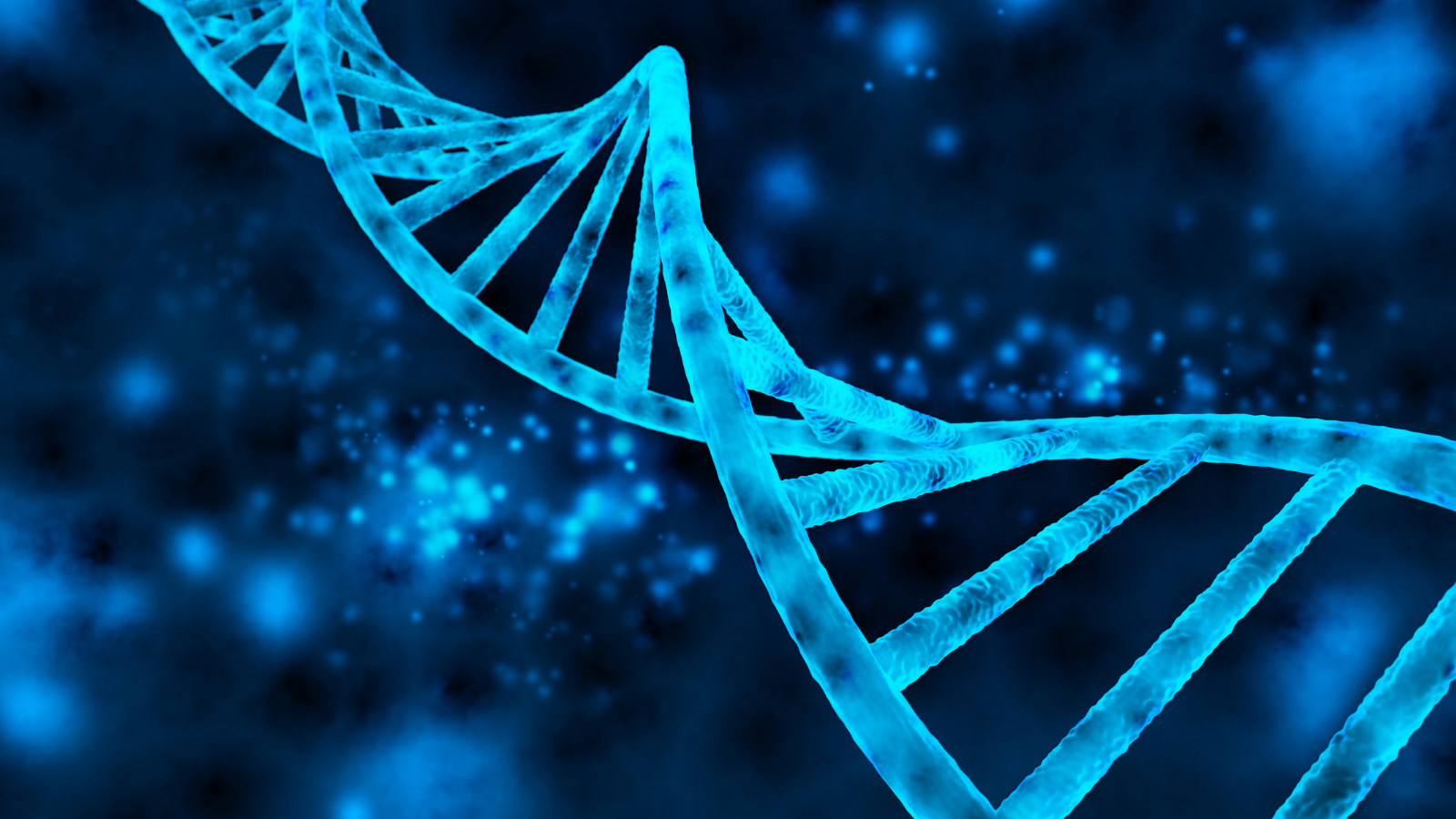Application Proteomics
Product Newomics MEA Chip
Instrumentation
Samples
Performance
Introduction
Proteomics of small volumes of biological samples down to single cells has progressed rapidly. However, the sensitivity and reproducibility of ultralow flow LC-MS for proteomics remains a challenge. We developed a silicon-based, plug-and-play, nanoflow MEA chip to directly address this challenge. Our MEA chip monolithically integrates an LC column, an ESI emitter, and a post-column inlet (PCI). Employing silicon-based monolithic fabrication … (Read More)
Application Proteomics
Product Newomics MnESI Source for Thermo Scientific Legacy Mass Spectrometers; M3 Emitter
Instrumentation Thermo Scientific PepMap C18 columns on a Thermo Scientific Exactive Plus Mass Spectrometer
Samples Thermo Scientific Pierce HeLa Protein Digest Standard; human plasma digest prepared by Thermo Scientific EasyPep Mini MS Sample Prep Kit
Performance 3.8 sensitivity gain
Introduction
Liquid chromatography-mass spectrometry (LC-MS) is the enabling technology for global-scale analysis of proteins (proteomics). Nanoflow LC-MS (flow rate < 1 µL/min) is routinely used to achieve high sensitivity for identifying and quantifying thousands of peptides and proteins in small volumes of biological samples, but lacks robustness and throughput (i.e., speed). By contrast, microflow LC-MS (�ow rate 1-50 µL/min) typically achieves higher … (Read More)
Application Proteomics
Product MnESI Source for Thermo Scientific Legacy Mass Spectrometers; Flow Splitting Kit for Microflow LC-MS; M3 Emitter
Instrumentation Thermo Fisher PepMap™ C18 columns on a Quantiva™ mass spectrometer for SRM analysis and a Q Exactive™ Plus mass spectrometer for PRM analysis
Samples Human plasma
Performance 50-fold higher than high-flow and 2.3-fold higher than conventional microflow LC-MS for proteomics.
Introduction
Liquid chromatography-mass spectrometry (LC-MS) is the enabling technology for the global-scale analysis of proteins (proteomics). In order to identify and quantify peptides and proteins in small volumes of biological samples, nanoflow LC-MS (flow rate < 1 mL/min) is routinely used in order to achieve high sensitivity. However, nanoflow LC-MS lacks robustness and throughput (i.e., speed). On the other hand, high-flow LC-MS … (Read More)
Application Lipidomics
Product Newomics M3 multinozzle Emitter
Instrumentation Thermo Fisher TSQ Quantiva™ mass spectrometer
Samples Pooled human plasma samples (NIST SRM1950)
Performance ~7.5% CV; LOD (S/N=3)=0.17 pmole/uL; 2-fold sensitivity increase
Introduction
Shotgun lipidomics by ESI-MS is widely used for the global analysis of lipids in biological samples such as human plasma. Direct-infusion ESI-MS by nanoflow (flow rate < 1 µL/min) is routinely performed to achieve high sensitivity for identifying and quantifying hundreds of lipid species in small volumes of samples. Current single-nozzle emitter technologies including PicoTip1•2•3•A and NanoTip5 have been utilized for … (Read More)
Application Native MS
Product Newomics® M3 emitter (10 µm ID)
Instrumentation Thermo Fisher Orbitrap Q Exactive Plus mass spectrometer with UltiMate 3000 RSLCnano UPLC system
Samples The monoclonal antibody - NIST (SRM 8671)
Performance 10-fold sensitivity gain; better preservation of the native conformation of antibodies
Introduction
Native mass spectrometry (MS) has emerged as a valuable technique for the characterization of protein conformations and protein complexes that have non-covalently bonded components [1]. This approach has been routinely used in monoclonal antibodies (mAb) analysis, such as therapeutic antibodies, antibody-drug conjugates (ADCs), biosimilars, and bispecific mAbs. Currently high-flow size exclusion chromatography (SEC)-MS has been widely used for native MS analysis … (Read More)
Application Native MS
Product Newomics MnESI Source for Thermo Scientific New Generation Mass Spectrometers; M3 Emitter
Instrumentation Thermo Scientic™ Q Exactive™ UHMR Hybrid Quadrupole-Orbitrap™ Mass Spectrometer
Samples E.coli GroEL, r20S, and t20S proteasome
Performance High throughput, high sensitivity, and robustness
Introduction
Native mass spectrometry (MS) maintains a biomolecule’s natural folded state and associated non-covalent interactions for mass spectrometry analysis and is a powerful technique for studying the structure of intact proteins, large protein complexes, and protein-protein, protein-ligand interactions [1-4]. Currently, one of the biggest challenges for native MS is the analysis of large native protein complexes and their mixtures in a high-throughput … (Read More)
Application Intact Protein MS
Product Newomics MnESI Source for Thermo Scientific Legacy Mass Spectrometers; M3 Emitter; Flow Splitting Kit
Instrumentation Thermo Fisher Orbitrap Q Exactive Plus mass spectrometer with an UltiMate 3000 RSLC nano UPLC system
Samples IgG monoclonal antibody (mAb)
Performance 10-fold sensitivity gain and ~10-fold lower LOQ (10 ng/mL). Robust performance for microflow LC-MS with a CV of < 2% over 100 injections.
Introduction
LC-MS analysis of intact proteins (top-down approach) can provide whole molecular quantification and high-level sequence and structure information, including catabolism or other modifications to proteins. Recent advances in sample preparation techniques and high-resolution MS instruments have led to the increased application of quantitative bioanalysis of large protein therapeutics using a top-down approach [1-6]. Currently, high-flow LC-MS has been widely used for … (Read More)
Application Native MS
Product MnESI Source for Bruker Mass Spectrometer
Instrumentation Bruker maXis II UHR-QTOF MS
Samples NISTmAb characterization under native conditions
Performance 2-fold sensitivity gain and a LOQ of 11 ng
Introduction
Since the introduction of biopharmaceutical drugs in the 1980s, it has revolutionized the treatment for a broad range of diseases [1]. Among the different types of biopharmaceutical drugs, monoclonal antibodies (mAb) based therapeutics currently claim over 25% of the global market. The characterization of biopharmaceutical drugs is more challenging due to their structural complexities [2]. Heterogeneities including post-translational modification, aggregation, and … (Read More)
Application Small Molecules
Product Newomics MnESI Source for Thermo Scientific New Generation Mass Spectrometers; M3 Emitter
Instrumentation Thermo Fisher Scientific 3000 RSLCnano UHPLC system; TSQ Quantiva Triple Quadrupole Mass Spectrometer
Samples Organic grapefruit extracted with acetonitrile (ACN)
Performance 110-fold sensitivity gain; RSD less than 3.5%
Introduction
The sensitivity of liquid chromatography coupled to mass spectrometry (LC-MS) increases significantly with a decreasing column diameter and reduced flow rates. The relationship has been shown to follow a power-law function empirically [1]. As a result, microflow LC-MS has benefits with increased sensitivity, reduced sample, and solvent consumption, and decreased matrix effects, compared to conventional high-flow LC-MS. However, it still lacks … (Read More)
Application Oligonucleotides
Product Newomics MnESI Source for Thermo Scientific Legacy Mass Spectrometers; Flow Splitting Kit for Microflow LC-MS; M3 Emitter
Instrumentation Orbitrap Q Exactive Plus mass spectrometer
Samples 21 mer DNA oligo CAG TCG ATT GTA CTG TAC TTA
Performance 30-fold sensitivity gain, with a CV of less than 5%
Introduction
Oligonucleotide therapeutics including single-stranded antisense oligonucleotides (ASOs) and double-stranded siRNAs are rapidly growing. Compared to traditional hybridization-based methods such as ELISA and PCR, mass spectrometry (MS) analysis of oligonucleotide is more specific because it can discriminate and quantify not only the full-length products but also their impurities and metabolites. High-flow ion-pairing reversed-phase chromatography has become the LC method of choice for … (Read More)










